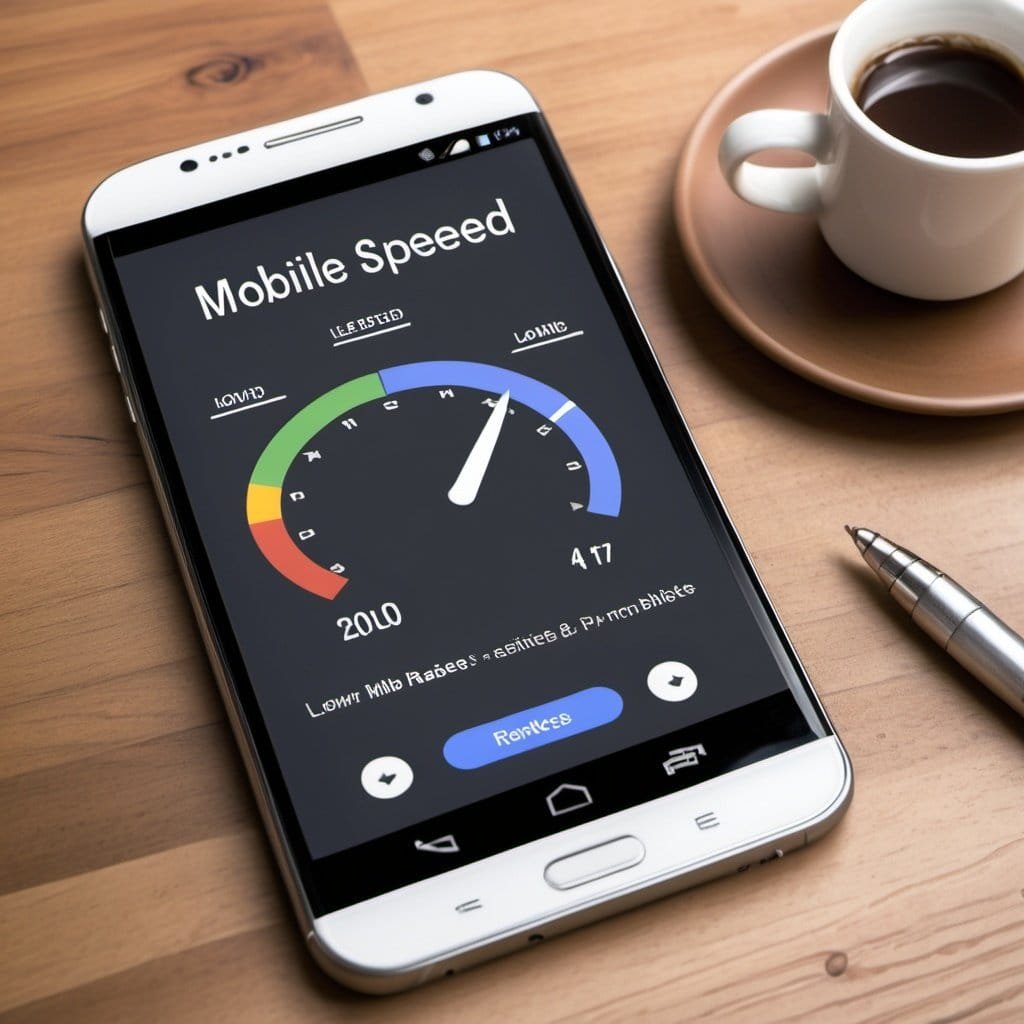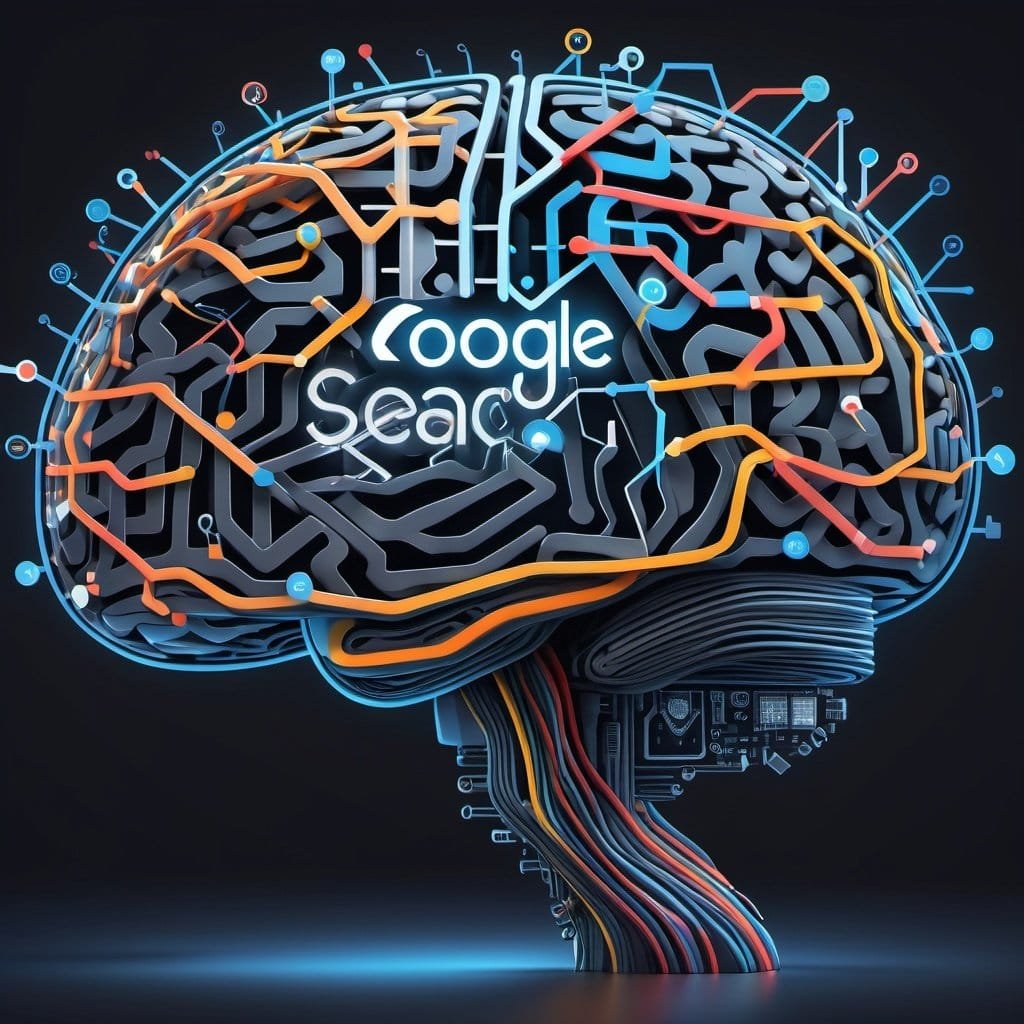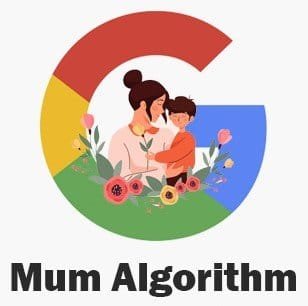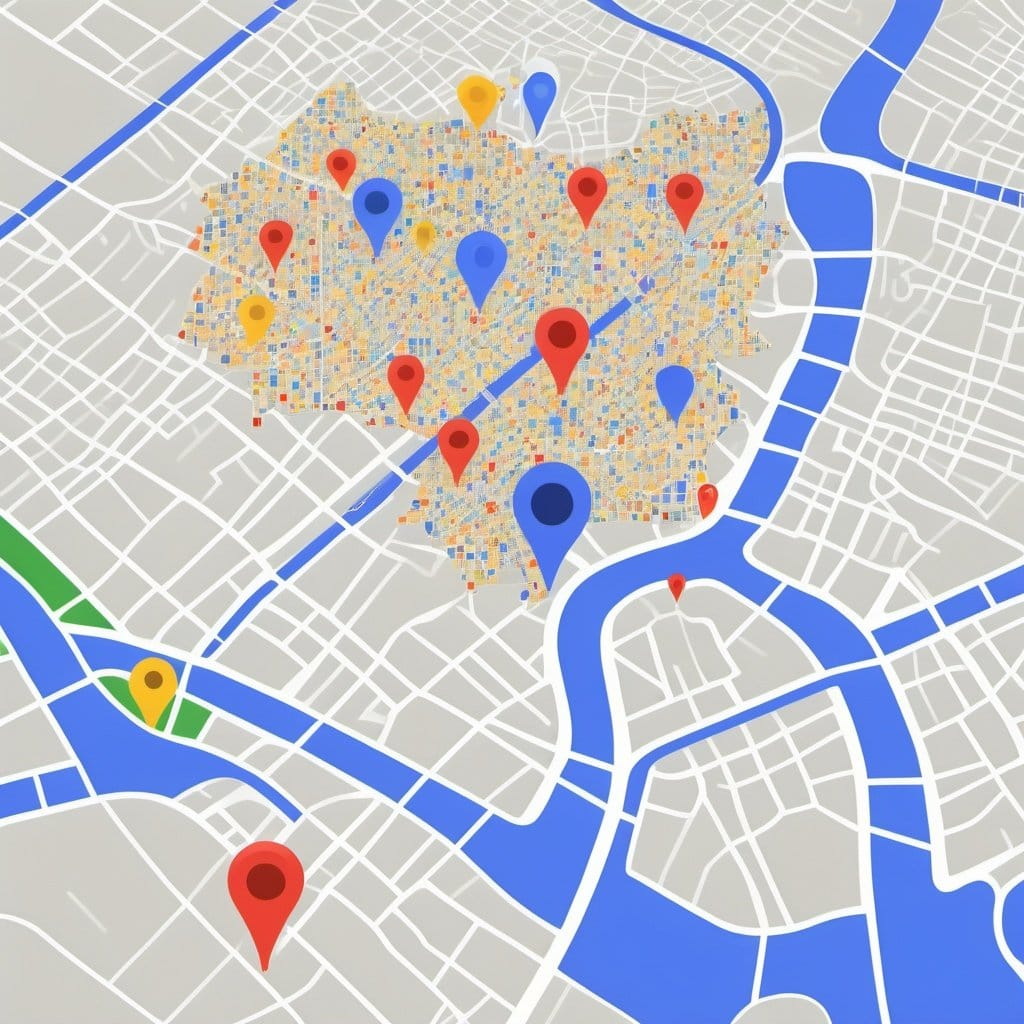Google Algorithms History
What is Google Algorithms?
Google Algorithms are a complex mechanism introduced by Google in 1998, at that time the only algorithm was called PageRank Algorithm. It was considered as the prototype for the algorithm that we know today. The Initial purpose of the algorithm was to analyse the quality by counting the total number of quality links pointing to the webpage. It was very basic where they assumed that, the more the links pointed the more the website is. Google has made a number of algorithms with different code names after the PageRank Algorithm to solve and improve the quality of search results. Google always keeps their recipe as a secret so we cannot accurately analyze how each algorithm works and are structured but google will give us some information about how we should align our website to better align with their algorithms


The working of an algorithm should be always easy to understand and to explain but in the case of Google it is quite hard to tell how it actually works. The main purpose of Google Algorithms is to improve the search result for each user queries based on their search intent. Google receives more than 9 billion searches per day which means approximately more than 100,000 searches per second, among the search queries around 15 to 20 % of google search are new, which means they have never been searched before. This is where the algorithm plays its crucial role, there can’t be any fixed result that can be shown on the Search engine results page of Google, but with the help of different algorithms Google now can optimise the result based on the user intent. When someone publishes a website or a new webpage google sends out a few Bots aka crawlers to read and understand about the pages or the website. For that purpose google introduced 5 signals which includes
- Identifying the meaning of the query
- Analyze the content for relevance
- Quality of the content
- Usability of the content
- Context of the content in relation to the search query
A Timeline of Google’s Major Algorithm Updates
Here is a brief time-line of different algorithms with their release dates. Each algorithms has its own purpose. As you can see there are mix of core and spam algorithms released in different years to enhance the search quality. Every SEO’s should follow these algorithms to improve their site rankings. Google has a long story of implementing algorithm to solve and improve the SERP result
2021

Page Experience Update
The Page Experience Update was a Google algorithm update designed to enhance rankings for pages that offer a superior user experience
2018

(Mobile) Speed Update
In July 2018, Google introduced the “Speed Update,” an algorithm enhancement that incorporated page speed as a ranking factor for mobile search results
2015

RankBrain
It is a part of Google’s core algorithm and helps to interpret and understand complex search queries using Artificial Intelligence by analyzing search patterns and context
2014

Pigeon
It primarily focused on improving local search results. Pigeon aimed to provide more accurate and relevant local search results by incorporating various ranking signals
2012

Pirate
Rather than an algorithm it is a new signal in Google’s algorithm aimed at demoting sites in the results that have a large number of valid copyright removal notices especially movie sites
2012

Venice
Google’s Venice update brought a big change by focusing more on showing search results that are locally relevant to users by integrating local signals and Google Map in SERP
2022

Helpful Content
Google’s Multitask Unified Model (MUM) is an advanced AI-powered algorithm designed to enhance search capabilities by addressing complex user queries more efficiently
2021

MUM (Multitask United Model)
I have responsibly led a team of 12 designers to help, supervise and approve their designs to make sure it matches client expectations and latest design standards.
2019

BERT
BERT helps Google better understand the context and nuances of search queries to provide more relevant search results and focus on understanding the meaning
2016

Possum
It is an update to Google’s local search rankings algorithm, and it decides when businesses will show up in local search results and filtering duplicate listing not to show up
2015

Mobile Update
It aimed to improve the mobile search experience by favoring mobile-friendly websites in search results. The update emphasized the increasing importance of mobile usability
2013

Hummingbird
This is a significant update of Google’s search algorithm that focuses on interpreting NL queries and the context of the words in a search string to deliver more accurate results
2012

Penguin
Google Penguin is a codename for an algorithm update by Google aimed at reducing web spam and the primary objective is to demote the websites spammy website links
2011

Panda
Panda algorithm is developed to fight against websites having low quality and duplicate contents. With Panda algorithm Google started to fight against content duplications.
Frequently Asked Questions
Google Algorithms are complex systems of mathematical formulas and machine learning models that determine how webpages rank in search results. They operate in three stages:
Crawling: Automated bots (Googlebot) discover and scan webpages to gather data.
Indexing: Pages are analyzed for content, keywords, and metadata, then stored in a massive database called the Google Index.
Ranking: Over 200 factors (e.g., relevance, content quality, backlinks, mobile-friendliness) are weighted to rank pages for each query
The goal is to prioritize high-quality, user-centric content that aligns with search intent
As of February 2025, Google has not announced a major confirmed update. However, trends suggest ongoing emphasis on:
AI-driven understanding: Enhanced natural language processing (NLP) for voice and conversational queries.
Core Web Vitals: Prioritizing pages with optimal load speed, interactivity, and visual stability.
E-E-A-T: Expertise, Experience, Authoritativeness, and Trustworthiness remain critical, especially for “Your Money or Your Life” (YMYL) topics.
RankBrain, launched in 2015, is a machine learning component that:
Interprets ambiguous or novel queries by analyzing context and user behavior patterns.
Converts phrases into mathematical vectors to identify semantic relationships (e.g., linking “best smartphone” to “top mobile devices 2025”).
Continuously refines search results based on click-through rates and dwell time.
BERT (2019): Focuses on understanding word context in sentences. For example, distinguishing “bank” (financial institution) vs. “bank” (river edge).
MUM (2021): A newer, multimodal model (not explicitly covered in sources) designed to handle complex, cross-language queries. While BERT processes text, MUM integrates text, images, and video.
Note: MUM details are limited in the provided sources; BERT remains a confirmed NLP milestone
Daily tweaks: 500–600 minor updates yearly, often unnoticed.
Core updates: 8–10 major changes annually (e.g., March 2023 Core Update) that reshape rankings.
Real-time adjustments: Machine learning enables dynamic ranking adjustments without formal announcements.
Key updates include:
Panda (2011): Penalized thin, duplicate, or low-quality content.
Penguin (2012): Targeted spammy backlinks and manipulative SEO practices.
Hummingbird (2013): Shifted focus to semantic search and user intent.
Mobile Update (2015): Prioritized mobile-friendly sites.
BERT (2019): Revolutionized NLP for contextual understanding.
Automated systems: Detect spammy tactics like keyword stuffing, cloaking, or link schemes.
Manual actions: Human reviewers flag violations (e.g., paid links, malicious redirects).
Penguin & Payday Loan updates: Specifically target link spam and high-risk industries 16.
Affected sites must disavow toxic links and improve content quality to recover.
E-E-A-T (Expertise, Experience, Authoritativeness, Trustworthiness) evaluates:
Content creators’ credentials: Medical advice requires certified professionals.
Site reputation: Backlinks from authoritative domains boost trust.
User reviews & transparency: Clear “About Us” pages and contact information enhance credibility
Mobile-First Indexing (2015): Google predominantly uses the mobile version of sites for ranking.
Page Experience signals: Includes mobile responsiveness, load speed, and non-intrusive ads.
Tools like Google’s Mobile-Friendly Test help diagnose optimization gaps.